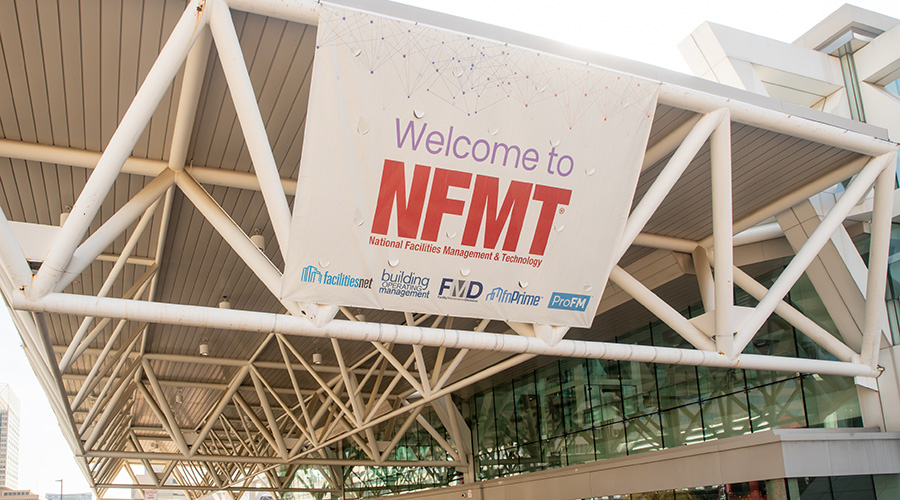Outlook
Change management is critical to success of new workplace design
Changing where and how building occupants work presents risks and opportunities. Get it right and the change is more likely to be viewed as an opportunity. Do it wrong, and an organization’s work processes and culture might suffer lasting damage.
Employees may be moving from closed offices to open-plan workstations, requiring changes in how they conduct confidential interviews or speaker-phone conference calls. Moves often result in the use of new technologies and equipment, calling for adjustments in the ways people access and process information. Even going to a new building may necessitate changes to building amenities. Many times, several changes will take place at once.
Change management and move management are not interchangeable terms. Change management begins early in the design process to prepare people for the new work environment. Move management deals with logistical issues, such as when to pack up, and takes place when the move is imminent — not the time to let people know, for example, that they will be trading closed offices for open work stations. This invites confusion, resistance and lost productivity.
Communication Initiative
Well-timed communication integrated with design is critical to change management. Generally, organizations use change-management communications to inform employees of design decisions reached at the project team level, not to seek employee input on design.
Successful communication begins with a steering committee led by a company representative, typically someone on the human resources or facilities and real estate side. An architecture or engineering professional should also help lead the steering committee; some firms have the resources to help communicate change as an extension of standard design services. Include other high-level departmental or business line representatives on the steering committee. This group will serve as a liaison between the project team and the company and will manage the communications effort.
The next level is a team of advocates, who convey information from the steering committee to employees.
It is useful to begin the change-management effort at the start of project design so the steering committee and advocates understand decisions made throughout the design process. This enables them to respond to questions from other employees.
Communication is intended not only to prepare people for change, but also to build excitement. A range of tools can be used. Simple measures include newsletters, posters hung in a cafeteria or central gathering place, regular, on-site “brown bag lunches,” and “town hall” presentations. A company might use live videoconferences or videotaped presentations if this technology is already in place.
Increasingly, employees are relying on the company intranet for news. A new link can be created on an existing intranet to communicate information about the change. Building a new Web page instead of using an existing page will likely generate more interest.
The project Web site should have a name and include information about the site, building amenities, area amenities and transportation, including commuting information. It should also contain information about service, maintenance and floor plans, as well as general information about commuting costs, reimbursement and how those issues will be handled. Maps and help desk and security phone numbers can also be helpful.
The steering committee decides what goes on the site and makes sure it is kept current. If people are looking at last month’s information, the site loses its credibility. >
A furniture mock-up of a cluster of new work stations and a couple of offices is another effective tool. Typically, a mock-up is done at the end of the design phase, after standards, components and layout have been developed, but before the furniture order is placed. Limit access to times when a knowledgeable person is available to lead employees through the mock-up and respond to questions; otherwise, the mock-up may simply create anxiety. It has to be clear that the mock-up is for information purposes only, not to solicit comments for a redesign. (Mock-ups for design feedback are done very early in the design process.) Include a 3-D view of the mock-up on the intranet site.
Critical Success Factor
Effective communications are just the start. A carefully thought out change-management strategy is critical in any significant change in the workplace.
Often, a design change involves a change in how employees work. For example, if employees move from offices to an open environment with no explanation of how to use the space, the new workplace is more likely to fail.
A well-designed open office environment includes team rooms, huddle rooms and phone rooms for conference calls, speaker phone use and staff reviews. If employees are not educated on new ways of working and the areas provided for them to use, they will continue to work as if they are still in offices. The result will be complaints about noise and disruptions.
The message that will get to management is that the design failed, but the real failure is the failure to educate employees on how to work in a different environment. It is critical that training and development programs go hand-in-hand with communication to ensure effective change management.
Rachel Nowikas is an associate at Swanke Hayden Connell Architects in New York City.
Related Topics:











